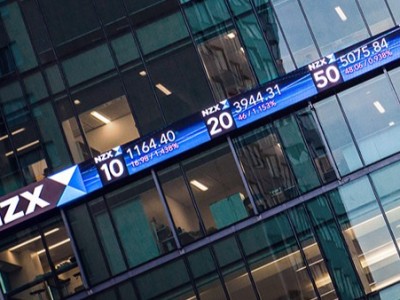Learn » Blog » Market commentary: What happened in May 2025
Market commentary: What happened in May 2025
Published on 11/06/2025
Topics:
investments

Markets entered June hovering near record highs, right back around where the year began. But it’s not all sunshine and rainbows - households are remaining more cautious, keeping an eye on rising tariffs, the economy, and job security. US inflation data for April brought a glimmer of good news, with the annual cost of living edging closer to pre-pandemic levels. That helped lift the mood - though trade tensions between US and other markets continued to dominate headlines.
Early in the month, the US and UK agreed to a new trade deal that put 10% tariffs on many UK imports. Then came a mid-May meeting between the US and China in Geneva, which resulted in a temporary truce from their tit-for-tat tariffs. Global markets responded with a surge, buoyed by the prospect of easing tensions. But just as things were settling, President Trump threw another curveball. On May 23, he floated the idea of slapping 50% tariffs on goods from the EU - rattling markets once again. Still, investors appeared to take it in stride, "buying the dip" on the assumption the threat wouldn’t materialise. And for now, they were right.
Despite the ongoing soap opera, May ended on a high. Even after a US federal court invalidated most of Trump’s existing tariffs on May 28, and a renewed China tirade on May 30, the S&P 500 still delivered its strongest monthly performance since November 2023 - up 6%, and finishing just under 4% below its record February high. The positive sentiment wasn’t limited to the US market. Our local NZX 50 gross index rose a solid 4.3% for the month, while major markets across Asia and Europe also moved higher.
On the credit side, ratings agency Moody’s downgraded the US government’s long-term debt rating to Aa1 (on par with S&P’s AA+). That, combined with ongoing inflation concerns and slower growth, triggered a sell-off in US Treasuries. Bond returns globally, including here in NZ, dipped slightly in response.
Meanwhile, central banks around the world kept trimming interest rates. The Bank of England cut its cash rate by 0.25% to 4.25%, as expected. Here at home, the Reserve Bank of New Zealand (RBNZ) also shaved the OCR down by 0.25%, bringing it to 3.25%. Interestingly, not all RBNZ committee members were on board with the cut — a rare split vote that hints at more debate ahead. Our central bank's forecast currently suggests one more cut is on the cards.
And finally, the recently announced 2025 Government Budget included some important changes for KiwiSaver members - especially younger Kiwis. From now on, 16- and 17-year-olds will be eligible for both employer and government contributions, a welcome step to help kickstart their savings journeys earlier. The default contribution rate will also gradually rise from 3% to 4% over the next three years (though members can opt to stay at 3% if they choose). In a more targeted move, the annual government contribution has been halved and removed altogether for higher-income earners — a group unlikely to miss the extra $260 a year.
As we head into winter, markets remain unpredictable, but long-term investors know that patience usually pays off. With policy changes continuing here and abroad, it’s a good time to check in on your investment settings and make sure they still align with your goals. As always, staying the course can be one of the most powerful moves you make.


